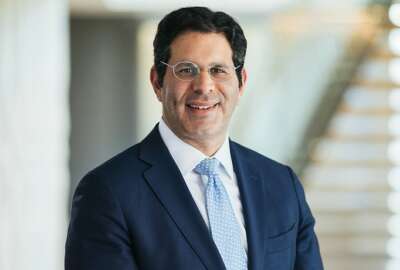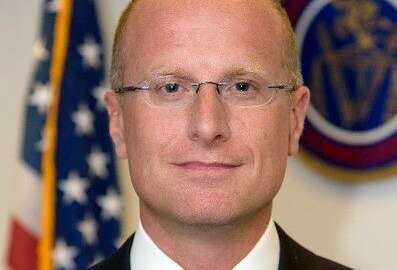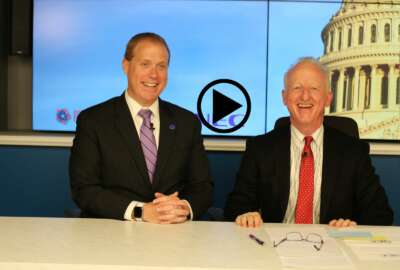
The future looks bright for facial recognition devices
Federal agencies testing the accuracy of facial recognition and biometrics see high rates with few flaws.
Fingerprints may still be the main biometric measurement used for identifying someone, but facial recognition is right on its tail. Federal agencies testing the accuracy of these devices are seeing high rates with few flaws.
“There have been great gains in accuracy over the last five years,” Patrick Grother, a computer scientist at the National Institute of Standards and Technology, said on Federal Monthly Insights — Biometrics/Facial Recognition. NIST has been engaged in biometric algorithm testing for several years now. Grother said the evolution of these devices was sparked by the application of a new technology called convolutional neural networks (ConvNet), “which give the algorithms quite a new and considerable ability to compensate for deficiencies in any given photograph of a face.”
By deficiencies, he means if the photo is dark, or if the subject is not looking directly into the camera.
Fingerprints have also come a long way, Grother said, but ConvNet’s have really changed the game. “If you were to take a mugshot of me … and search it against a database of 12 million people, with quite high certainty, you would find a prior photo of me,” he said on Federal Drive with Tom Temin.
The accuracy rate of some algorithms is as high 97.7% in the first position of the candidates that it guesses. An upcoming NIST report though will show algorithms even capable of cross-angle recognition, when a subject is not looking straight into the camera.
The one flaw NIST has been able to find? Twins. None of the algorithms are able to distinguish between them, and as any fan of “Arrested Development” knows, that can cause problems. This is a case of the algorithms being almost too effective in finding people who look very similar to you. NIST also does not have any good data yet on whether family members in general will create false identifications. Further testing is needed to see if ConvNet can overcome that drawback.
Application in the field
The agency that has been in the news most recently for implementing facial recognition technology is Customs and Border Protection. CBP over the last two years has been using facial recognition devices in airports to screen U.S. visitors. The goal is to have the devices covering 97% of international visitors by 2022.
Related Stories

FCC overcoming workforce, regulatory challenges to 5G implementation
“That’s enabling us to quickly match travelers to their travel document, and it’s also closing a security gap with respect to imposters.” So far, CBP has already accounted for 124 people trying to use someone else’s documents to enter the country.
It may get to the point where you will not even need to get out of your car to be scanned. Tanciar said CBP is experimenting with cameras that can take facial comparison quality photographs from moving vehicles. The problem is of course, it is more useful for compliant individuals, rather than those trying to bypass by simply covering or moving their face.
Copyright © 2025 Federal News Network. All rights reserved. This website is not intended for users located within the European Economic Area.
Eric White is news anchor and Federal Drive producer at Federal News Network.
Follow @FEDERALNEWSCAST




